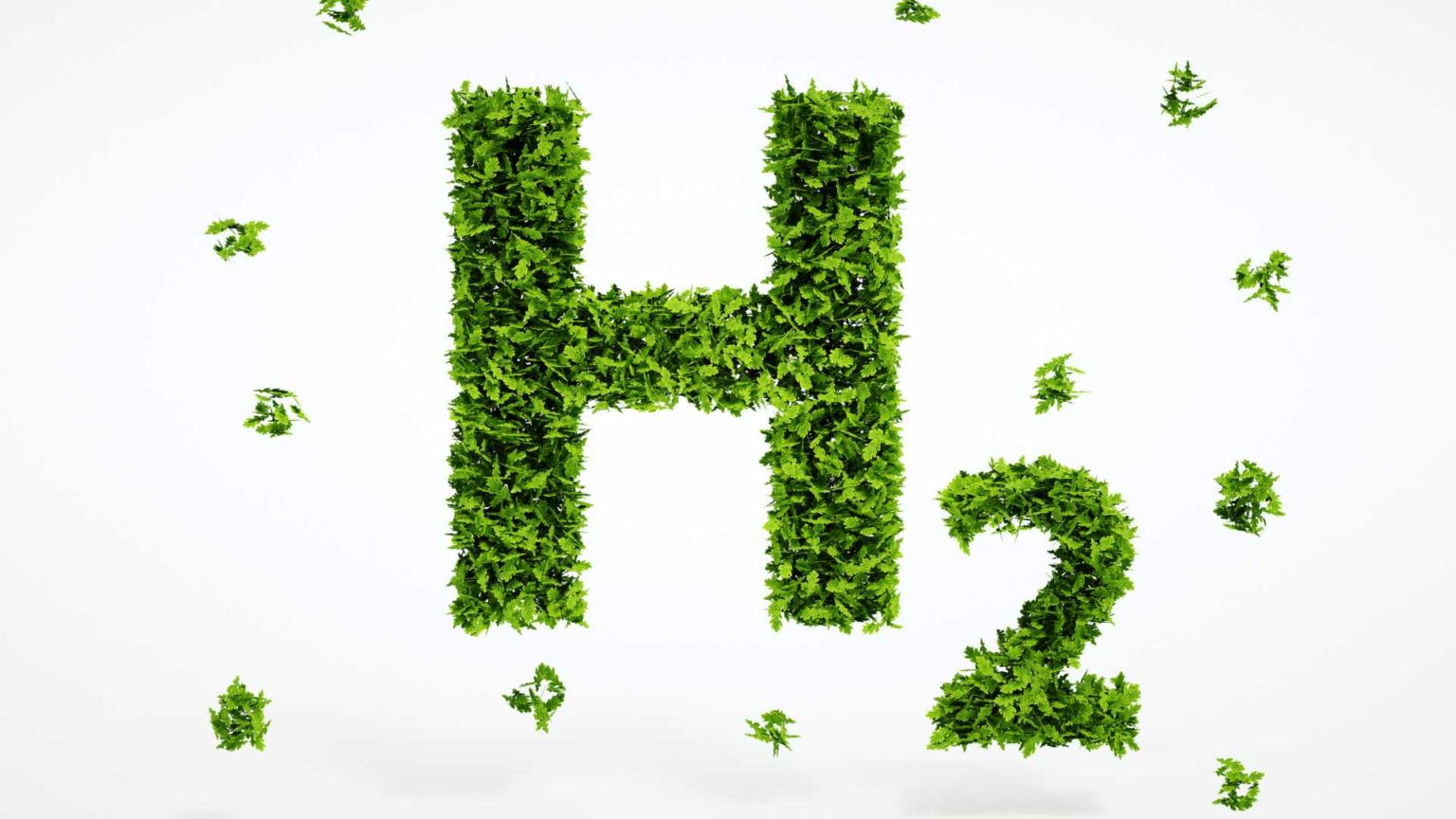Questa, New Mexico, communities are on the brink of a transformative venture that aims to shift the local electric grid away from fossil fuels through the development of green hydrogen technology.
Kit Carson Electric Cooperative, which serves Questa, Taos, and surrounding areas, is spearheading this initiative to store renewable energy and achieve a fossil-free energy grid.
Green hydrogen is produced using electrolyzers, which split water into hydrogen and oxygen. The released oxygen is harmlessly vented, while the captured hydrogen can power vehicles or generate electricity through fuel cells. Kit Carson Electric is considering building a green hydrogen facility to store renewable energy and eliminate nighttime dependency on fossil fuels, thus ensuring a cleaner energy future.
Named a pilot community for the Department of Energy’s Communities Local Energy Action Program in 2022, Questa is exploring this initiative while facing several challenges. The potential site for the plant is a former Chevron-owned molybdenum mine, now a Superfund site. The plant could reinstate some of the 300 jobs lost when the mine closed in 2014 and promote economic growth by attracting eco-friendly businesses.
Mayor John Ortega envisions this project as an economic beacon, projecting Questa as a trailblazer in green hydrogen and extended energy storage. The green hydrogen plant would contribute about 3% of the utility’s energy needs, equating to offsetting the carbon emissions from driving 110 cars annually, according to an NREL feasibility study. However, garnering community support and overcoming funding hurdles remain critical.
One concern voiced by locals pertains to water usage. The proposed hydrogen plant would require water equivalent to that used by approximately 25 households annually. Critics argue water is too precious, especially given the ongoing drought and historical water pollution from the mine. Kit Carson CEO Luis Reyes acknowledged these concerns, noting that coal plants currently consume five times more water than the proposed hydrogen plant would.
Chevron has expressed willingness to allocate some of its water rights from the Superfund cleanup to support the hydrogen plant. Despite skepticism, local environmental advocates like Rachel Conn from Amigos Bravos find the proposal intriguing, provided the water usage is justified.
Fundraising efforts are underway to finance the $44.5 million project, with potential rate hikes of under $4 per month for consumers after incentives. Kit Carson is exploring government funding, including a recent $500,000 Department of Energy award, but more significant funding is needed. The USDA’s Empowering Rural America program may offer additional support, though the federal government’s commitment to green hydrogen projects remains uncertain.
Green hydrogen faces competition from blue hydrogen, which uses natural gas and promises lower costs. Blue hydrogen projects also have access to the same federal funds, which creates a hurdle for green hydrogen developers. Environmental groups in New Mexico are firmly against blue hydrogen, citing its perpetuation of fossil fuel interests and adverse impacts on vulnerable communities.
Revitalizing Communities
Tessa Weiss of the Rocky Mountain Institute emphasizes the potential of new technologies, like green hydrogen, to revitalize communities burdened by polluting industries. These projects can sustain local economies and improve public health by replacing fossil fuels with cleaner energy options.





